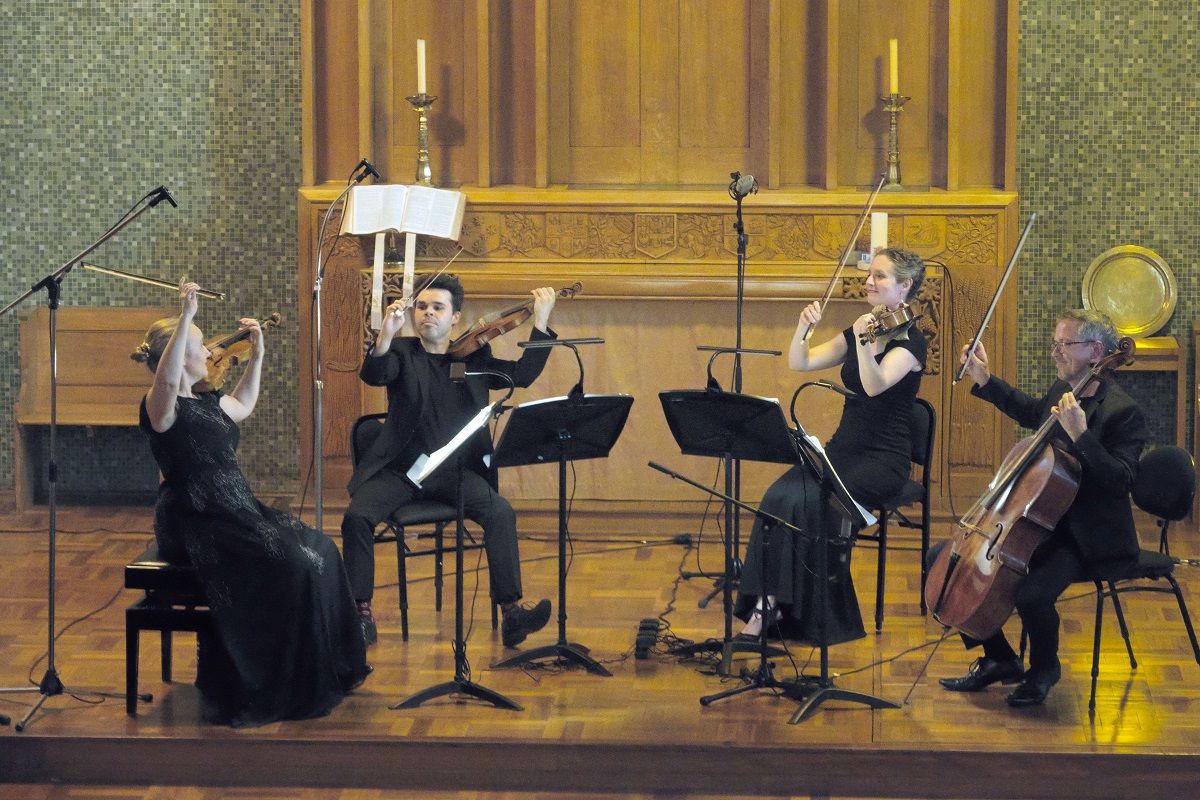
MUSIC / “Haydn’s Sun & Mendelssohn’s Stars”, Australian Haydn Ensemble. At Wesley Uniting Church, February 16. Reviewed by IAN McLEAN.
CHURCH buildings tend to have wonderful natural acoustics and the Wesley Uniting Church confirmed this theory with the Australian Haydn Ensemble sounding lush, slick, precise and beautifully balanced in this concert.
The ensemble, founded in 2012 to specialise in the repertoire of the late baroque and early classical eras, performs in a variety of sizes and combinations ranging from string or flute quartet or quintet right through to a complete orchestra. For this concert it was the string quartet exploring the musical evolution of the fugue.
The timelines were most interesting. JS Bach wrote “The Art of the Fugue” in the early 1740s, aged in his mid-50s and struggling with ill health.
He didn’t quite finish the last of the 20 fugues in the set before his death in 1750. Twenty or so years later Haydn wrote his “Sun” quartets, the change in style quite remarkably different from that of Bach.
Forty years on and further amazing development when an 18-year-old Felix Mendelssohn burst on to the scene with his hugely imaginative experiment in the fugue form – the “String Quartet No 2 in A, Op.13”.
The talented and vastly experienced members of the string quartet – Skye McIntosh and Matthew Greco (violins), Karina Schmitz (viola) and Daniel Yeadon (cello) – play instruments made in the late 1700s, the period in which the fugues were composed. This made for an interesting synergy.
The concert was presented in chronological order opening with Bach’s fugues I-IV from “The Art of Fugue”. These quite marvellously demonstrated the technique of counterpoint and how complex and imaginative the composer becomes as a simple theme is developed and enhanced.
Compared to the works that followed, the Bach fugues seem somewhat sullen, solemn and perhaps dreamy – maybe “Moon” in contrast to “Sun” and “Stars”? The quartet mastered the ever increasing complexity of the writing with consummate ease, tightness of rhythm a feature.
The Haydn quartet was light hearted and written perhaps with the need for entertainment an increasing requisite. More flowing and graceful in style it was easy to imagine it being enjoyed by an audience in the home of Count Esterhazy, Haydn’s patron at the time. Dynamic control and contrast, along with excellent balance and blend, featured in the playing of this joyous piece.
A different style yet again was very evident in the Mendelssohn with speed, agility and intensity pitched against dramatic, drawn-out slower sections. The third movement “Intermezzo” was a stunning highlight. Playing was absolutely clean and concise with amazing dexterity and perfection in the unison rhythmic patterns. The controlled sound, particularly from the cello, was delightful.
Fine musicianship was on display throughout this enjoyable concert but there was a tangible bonus as well – a real education in music history and the opportunity to glean a greater understanding about the development of the form of the fugue.
Who can be trusted?
In a world of spin and confusion, there’s never been a more important time to support independent journalism in Canberra.
If you trust our work online and want to enforce the power of independent voices, I invite you to make a small contribution.
Every dollar of support is invested back into our journalism to help keep citynews.com.au strong and free.
Thank you,
Ian Meikle, editor

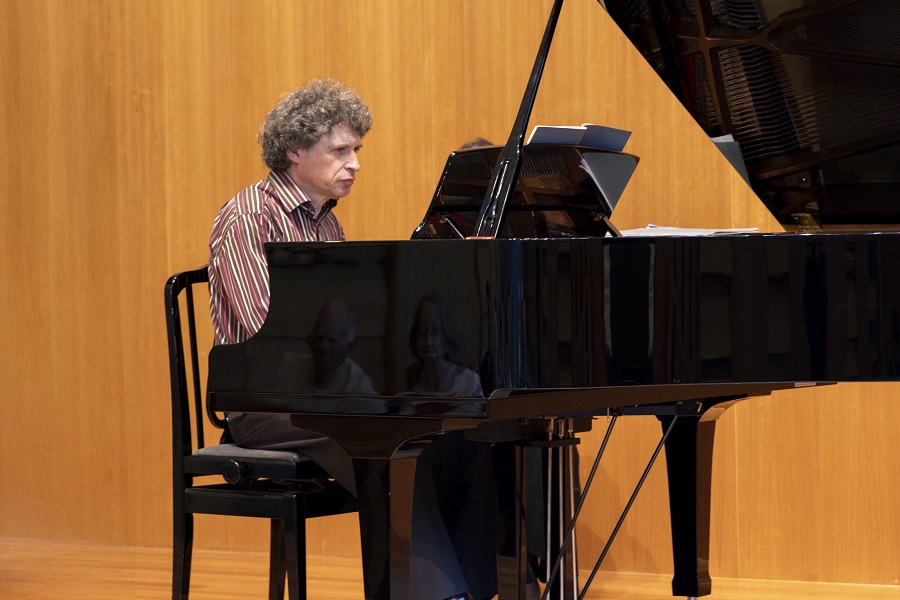

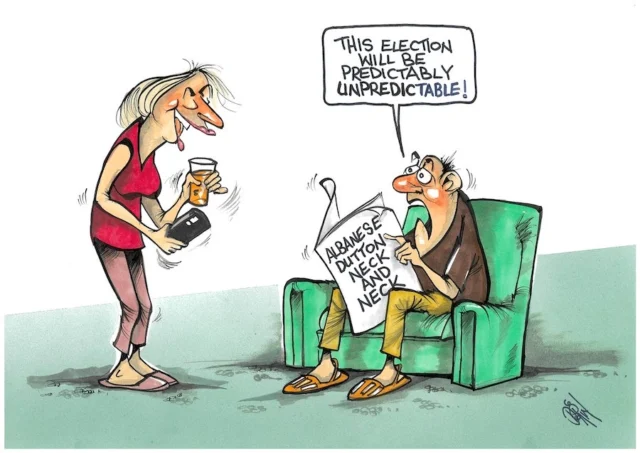
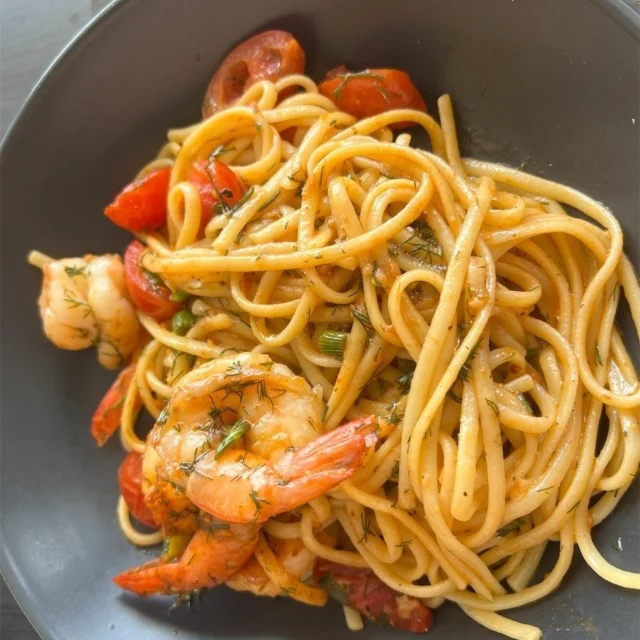
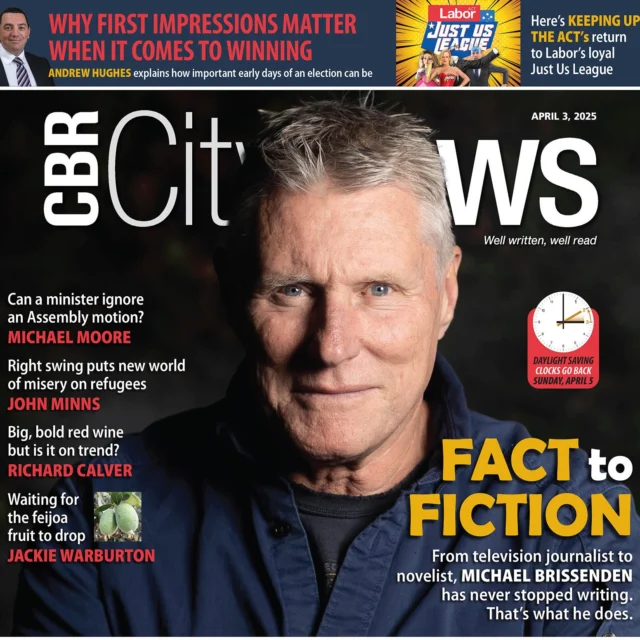

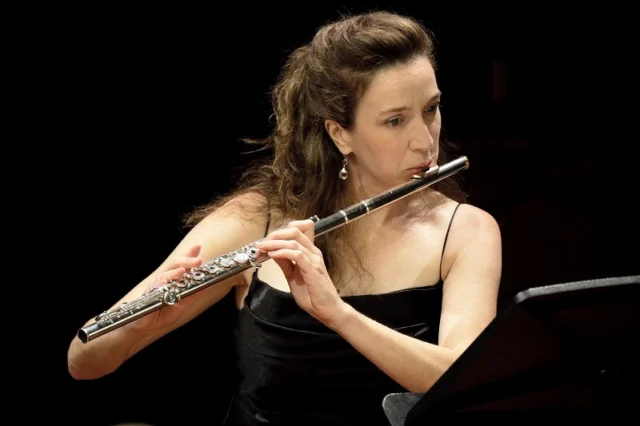
Leave a Reply